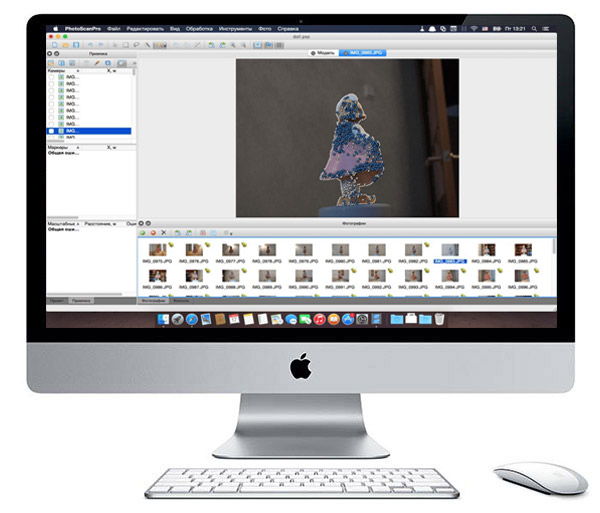
I’m also constantly working on the computer while it’s processing photos which would make timing accurate. I’ve chosen not to do this at this point, because local photogrammetry efficiency really depends on computer specs. You might notice that I make no mention of processing times in this review. Of course, a better camera with more megapixels and (especially) a sharp (50mm) prime lens will result in better 3D models. A brand new EOS 1300D (Rebel T6) is just $449 with kit lens. I used a 7 year old entry-level 18-megapixel Canon EOS 550D (Rebel T2i in the US) with kit lens, but you can use any camera (for the Foldio360, you do need one that can be triggered with an infrared remote). Using the markers is totally optional and only works with the Pro version of PhotoScan. I designed the printable pattern for the Foldio360 (or any other turntable, just scale it) with PhotoScans 12-bit markers. PhotoScan doesn’t have a cloud-processing feature like ReMake, so you really need a decent computer (or multiple) with a fast graphics card (or multiple).īecause I just reviewed the surprisingly handy $139 Foldio360 app-controlled turntable (pictured above) for photogrammetry, I’ll use the results from that shoot.

PhotoScan is available for Windows but also for Mac and Linux, while the Mac version of ReMake has been discontinued. If you want to capture objects the Standard version is probably good enough There’s also a 30-day trial, that’s fully operational (so with export features and everything). And you can always upgrade to Pro later for the price difference. Short version: if you want to capture objects that have enough details so they don’t need dedicated markers, the Standard version is probably good enough. I’ll do another round of reviews if that day comes.

The other Pro-features are mainly geared towards orthographic purposes and drone-based 3D reconstruction, which I’m not covering at this time.

The other difference that interests me is the ability to generate and auto-detect markers, which I will cover later. For me (and the current purpose and target audience of this very blog) the main difference is scalability, namely network processing. You can check the complete list of differences between the two here. You can buy a license for the Standard version $179 or Pro for $3499. Other than Autodesk’s subscription-based offerings, PhotoScan is sold as a life-time license. That’s why I’m trying something new with this post: I’m covering the basic workflow in the regular text and go into more advanced featured of PhotoScan in panels like this. I realize that my reviews are being read by beginners and advanced users alike. Bellus3D Face Camera Pro (IR Sensor, Android).


 0 kommentar(er)
0 kommentar(er)
